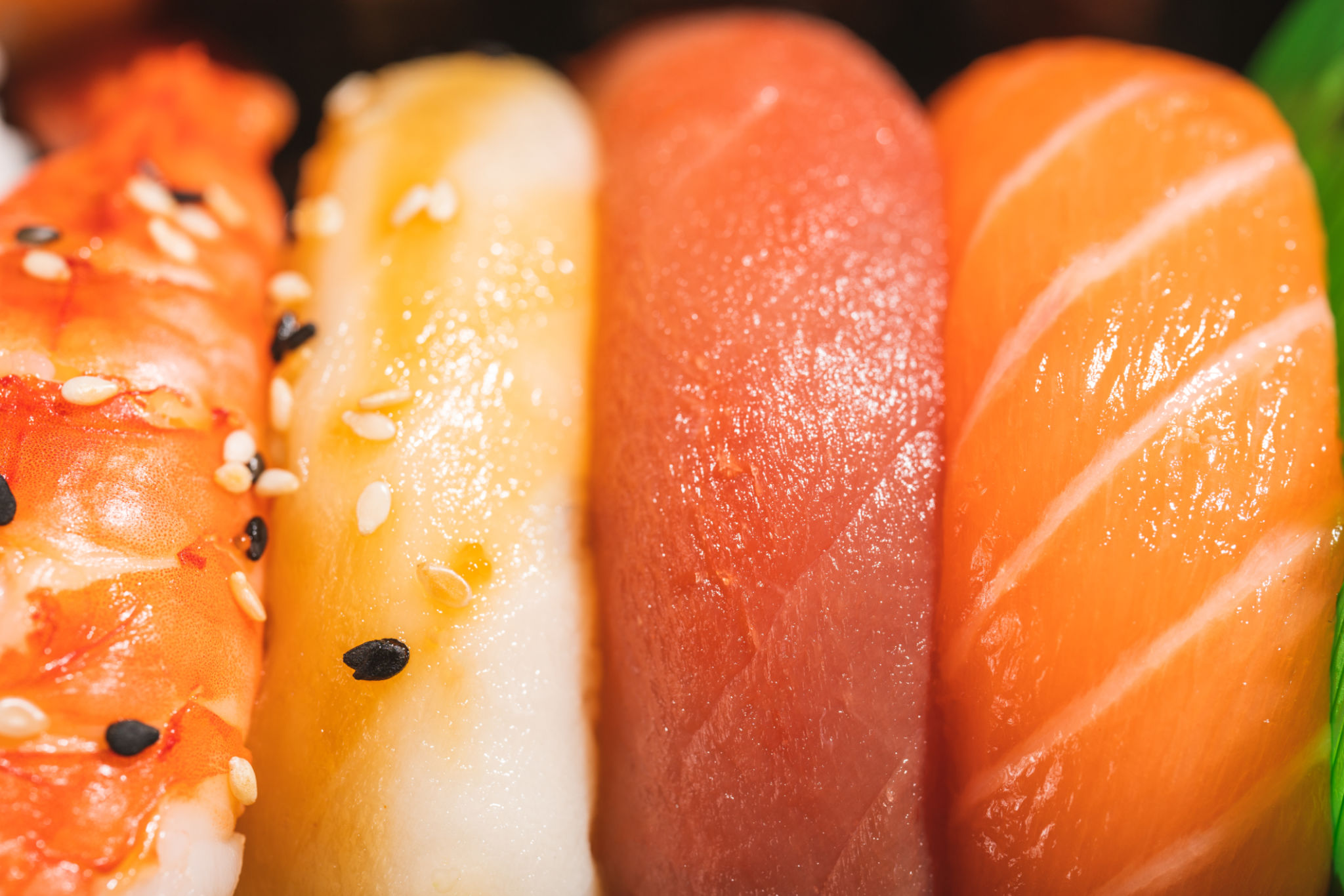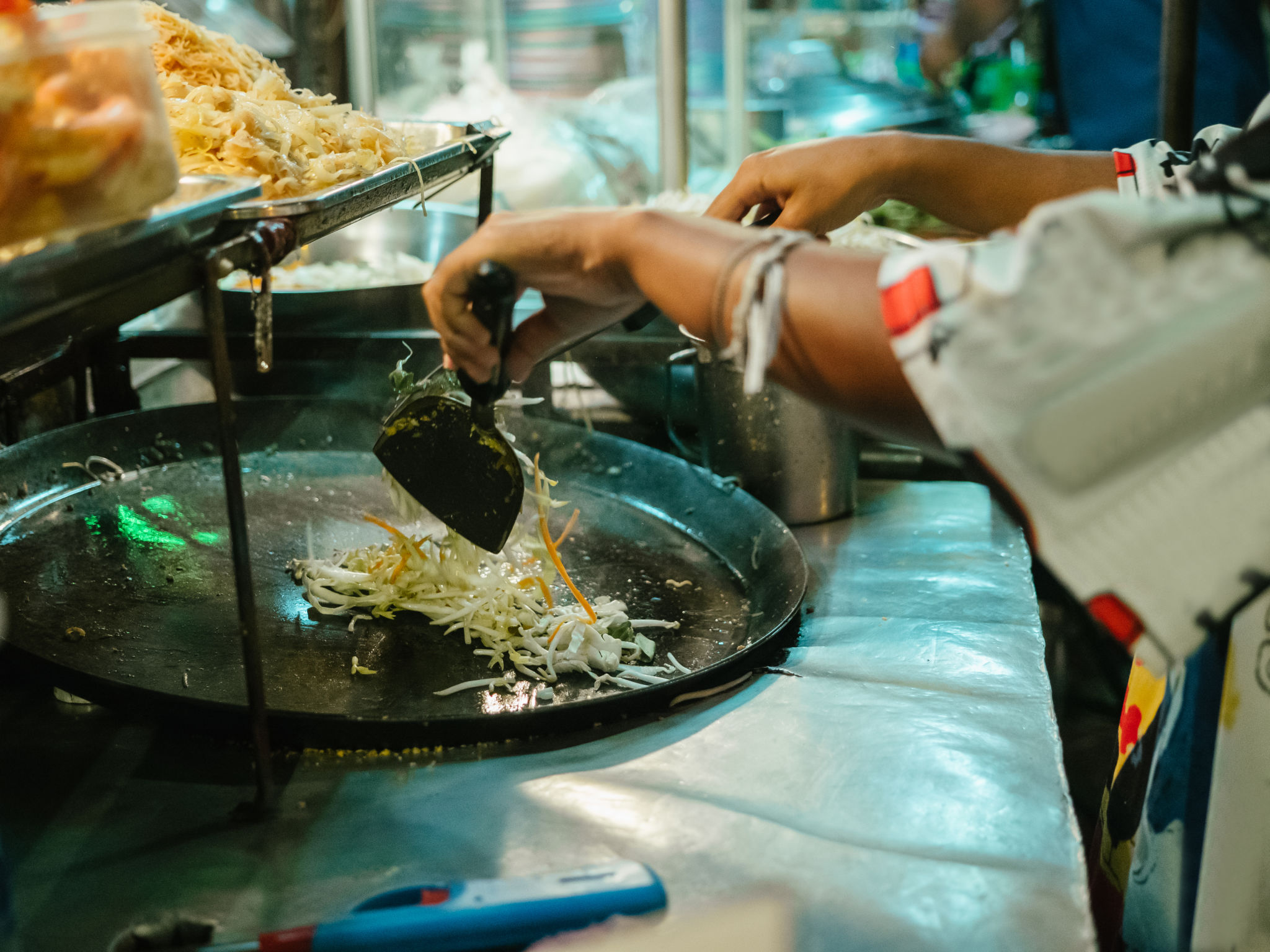How to Choose Between Japanese and Thai Cuisine for Your Next Meal
Introduction to Japanese and Thai Cuisine
When planning your next meal, you might find yourself torn between the enticing flavors of Japanese and Thai cuisine. Both offer unique experiences, rich in tradition and taste. Understanding the key differences can help you make an informed choice that satisfies your cravings.
Japanese cuisine is renowned for its simplicity and emphasis on fresh, high-quality ingredients. On the other hand, Thai cuisine is celebrated for its bold flavors and intricate dishes that blend sweet, sour, salty, and spicy elements. Let's explore these culinary worlds to help you decide your next meal.

Understanding Japanese Cuisine
Key Ingredients and Techniques
Japanese cuisine prioritizes fresh ingredients such as fish, rice, and vegetables. Techniques like steaming, grilling, and raw preparation preserve the natural flavors. Dishes like sushi, sashimi, and tempura are staples, offering delicate and refined tastes.
Popular Dishes to Try
If you're leaning towards Japanese, consider trying sushi for a light and healthy option or ramen for a comforting and hearty meal. Japanese dishes often emphasize umami, the fifth taste, enhancing the overall dining experience.

Exploring Thai Cuisine
Flavor Profiles and Ingredients
Thai cuisine is famous for its complex flavors and use of aromatic herbs. Ingredients like lemongrass, galangal, and chili peppers are common, creating a vibrant taste profile. Thai food often seeks a balance between sweet, sour, salty, and spicy flavors.
Must-Try Thai Dishes
For those drawn to bold flavors, Thai dishes like Pad Thai and Green Curry are excellent choices. These dishes provide a delightful mix of textures and tastes, often accompanied by fragrant jasmine rice.

Considerations for Your Meal Choice
Dietary Preferences and Restrictions
Your dietary needs might influence your decision. Japanese cuisine generally offers more options for raw and lightly cooked dishes, which are perfect for those seeking a lighter meal. Meanwhile, Thai cuisine can cater to those who enjoy spicy and rich flavors, with many vegetarian and vegan options available.
Occasion and Setting
Consider the occasion when making your choice. A sushi dinner might be a perfect fit for a formal gathering, while a Thai meal could be ideal for a casual, lively dinner with friends. Both cuisines offer diverse dining experiences that can complement different settings.
Conclusion
Choosing between Japanese and Thai cuisine depends on your personal taste preferences and the dining experience you desire. Whether you opt for the refined simplicity of Japanese dishes or the bold, intricate flavors of Thai cuisine, both offer a delicious culinary journey. Next time you're deciding on a meal, consider these insights to enhance your dining adventure.
